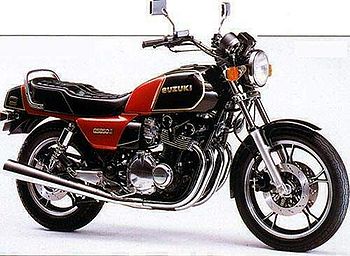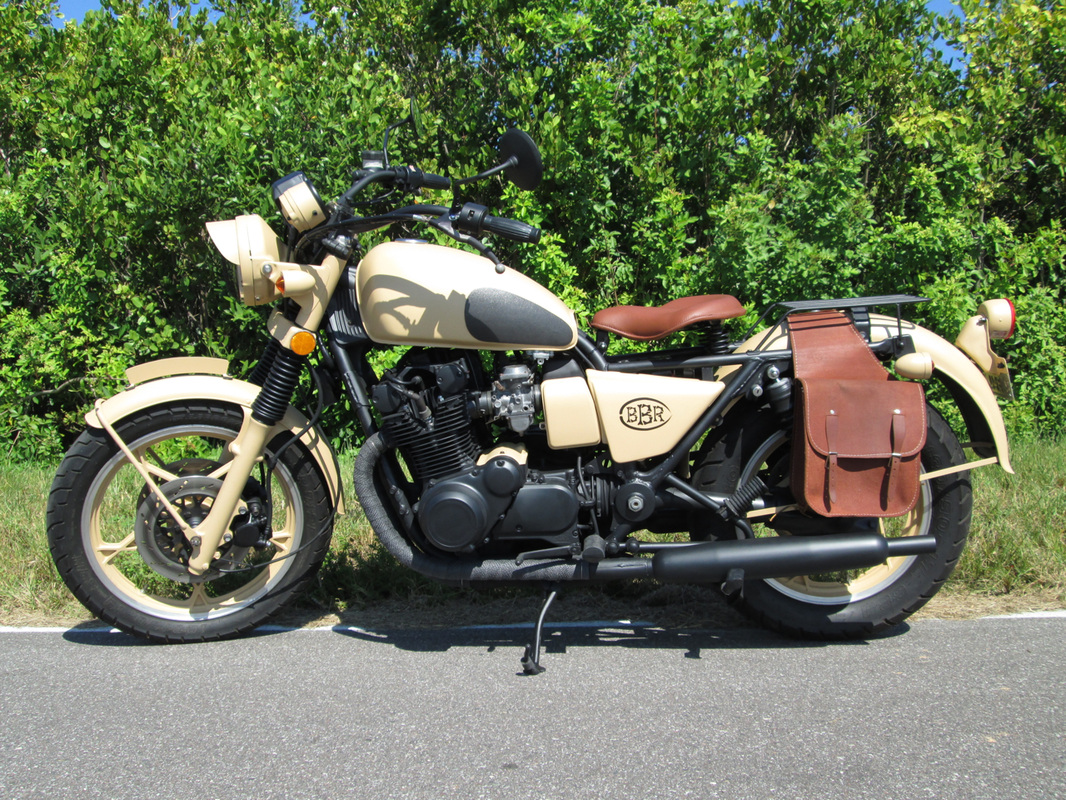I figured it would be a show up on what you rode here on and go on the track, as you would with a car, but bikes seem a bit more involved. Here is the list of motorcycle specific technical requirements:
- Is your kickstand secured? Your spring return isn’t enough on a racetrack. Use a plastic strap tie or duct tape to secure your kickstand in the up and locked position before you come to tech.
- Tape over your speedometer. It’s the rule.
- Make sure your throttle returns quickly and positively. We want to see it snap back when you release the grip.
- Change your antifreeze for straight water. If your bike puts antifreeze on the surface, it shuts the entire track down and may result in suspension. Antifreeze is 100 times worse than water on asphalt (It’s like wet ice). Swap it out for water before you proceed to tech.
- Tape over or remove lights, signal and mirrors. They all shatter and they all puncture tires.
- Brakes: Make sure they’re properly functioning, front and back, with no leaks, because we’ll check.
- Chain: Check your drivechain adjustment. Too tight or too loose means breakage. Refer to manufacturer’s specification. Also, check your master link. A rivet style link is preferred, but a standard ‘slip on’ while suffice if you put a dab of silicone on the key to secure it.
- Now that you’ve ensured your brake lines don’t leak, check the rest of the bike. Your engine and suspension components must also be leak free.
- Overall track worthiness: These are the small things that can lead to disaster. Loose lines can snag. If it can flop around, it can be snagged and lead to a crash.
- Body: All body parts must be secured or removed.
- Mechanical: Check your fasteners and ensure they’re secured at recommended torque.
- Tires: Properly inflated, with structural integrity intact (sidewall, tread, steel-belts, bulges).
Most of that is common sense/maintenance, but there are a couple of bits that will require some thought. Tying up the kickstand is all well and good, but that means you're bringing a rear stand to keep the bike upright. Swapping out the antifreeze also means you need to bring some distilled water. Some tools, disposable gloves and fluids would probably be a good idea too. Suddenly the back of the bike I want to ride to the track day is looking like a hardware store. You wouldn't want to ride an hour and a half to a track to find out you don't have what you need to go around it. Short of asking for a pit crew to accompany you in a four wheeler, riding solo to a track day seems difficult if not impossible.
Of course, this leads you down the road to a trailer, which then begs the question, why use your road bike for track days when you can pick up an older sport bike for not much, not have to pay for road insurance on it and spec it out specifically for track days. Stripped of lights and needless accessories like rear foot pegs and indicators, you'd be ready to ride as soon as you roll it off the trailer, and the machine would be tailored for the track.
I've been to several racing schools, but the one time I really got into it was while living in Akita, Japan. Kyowa Race track was a small carting track deep in the mountains south east of the city. Kazutoyo, a student of mine, was an avid racer (he came to Canada for a summer to participate in a Mosport racing mechanics program). We'd go up there half a dozen times in the summer and spend the day hauling the carts around that bendy circuit as quickly as we could.
The vehicle of choice for the carts and the paraphernalia that went with them was a cargo van. We'd be able to fit three people, the tools, the disassembled cart and spare tires and other odds and ends all in the van and head to the track. Riding around at break neck speeds was awesome, but I have fond memories of all the fettling that when on in the pits too; it's all part of the race experience.
 |
| Ford Canada's handy Transit Van Builder got me all set with a customized utility van that could carry two bikes and gear with ease... things I'd do if I were rich! |
Or just win the lottery and get the full on racing support van.
If Mechanical Sympathy were to go full on into racing, I'd grab that 1000cc VFR from Angus (in my Transit race van) and prep it for racing. Stripping off all the lights and extras and minimizing it down to a race bike. I'd be a dangerous man if I had more money.
In the meantime I'm still trying to look for ways to ride my Ninja to the track and do some laps without dragging along someone in a cage to support the activity.
Links:
Motorcycle track day primer: a good explanation of track days.
Beginner's Guide to Track Days in Ontario: a great checklist on how to approach track days - renting a bike is what I'm now looking into...
Beginner's Guide to Track Days in Ontario: a great checklist on how to approach track days - renting a bike is what I'm now looking into...





























.png)













